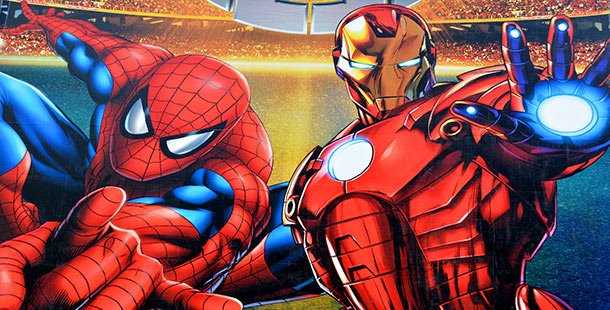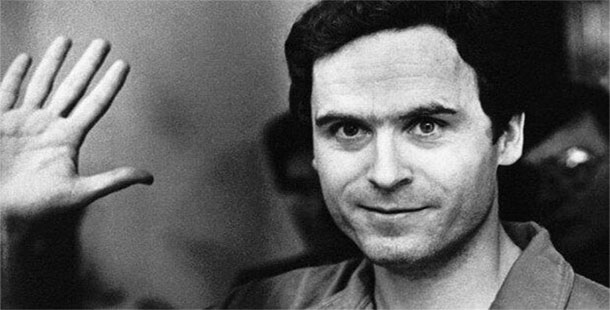Take a look at this enlightening compilation: 20 pieces of information about Bessie Coleman, the first African American woman pilot in the United States. Ms. Coleman was a pioneer in her lifetime, being the first female of both African and Native American descent to earn her pilot’s license.
She was a forward-thinking leader. And not surprisingly, fans nicknamed her “Queen Bess.” Coleman broke racial barriers and inspired many people. Sadly, as the first black female pilot, she also dealt with racism and sexism along the way.
Eventually, Coleman’s perseverance paid off. She turned an incredible dream into a reality. A pioneer and a visionary, Bessie Coleman is one of history’s greatest inspirational leaders. So, without further ado, we present 20 Bessie Coleman Facts: America’s First Black Female Pilot.
Math saved her from manual labor
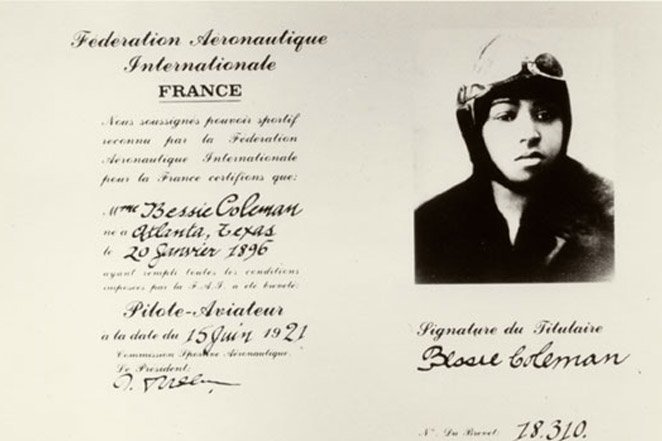 https://allthatsinteresting.com/bessie-coleman
https://allthatsinteresting.com/bessie-coleman Bessie Coleman’s propensity for mathematics saved her from working in the cotton fields.
She wasn't just the first black female pilot
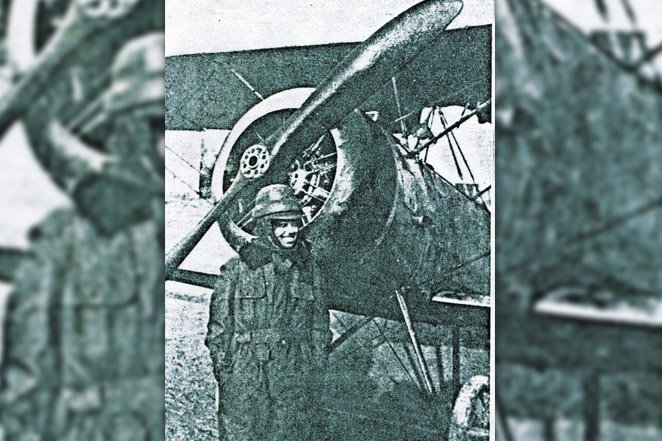 https://www.womenshistory.org/education-resources/biographies/bessie-coleman
https://www.womenshistory.org/education-resources/biographies/bessie-coleman Bessie Coleman was also the first Native American female pilot. On June 15, 1921, Coleman was the first American woman to obtain an international pilot’s license from the Fédération Aéronautique Internationale.
She was a flight pioneer
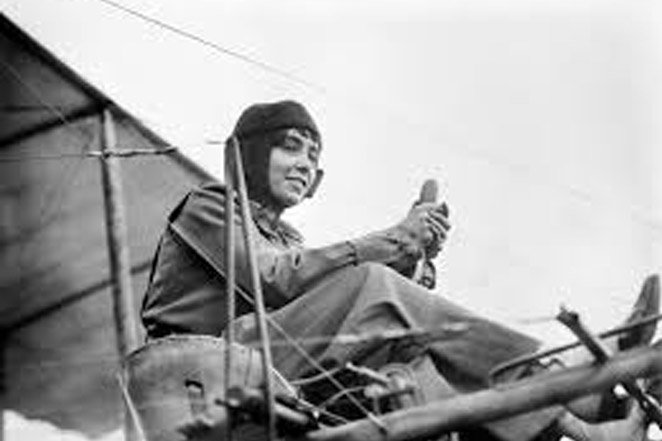 https://www.pbs.org/wgbh/americanexperience/features/flygirls-bessie-coleman/
https://www.pbs.org/wgbh/americanexperience/features/flygirls-bessie-coleman/ On Labor Day in 1922, Bessie Coleman staged the first public flight by an African American woman. She was popular at aerial shows but refused to play for segregated audiences.
She was denied access to aviator schools
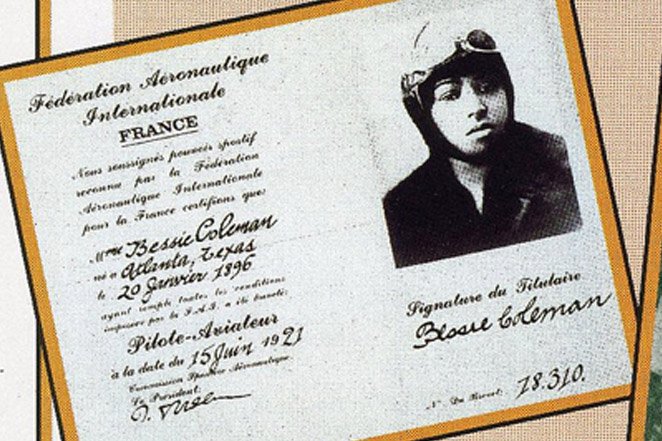 https://firstflight.org/bessie-coleman/
https://firstflight.org/bessie-coleman/ It was because Bessie Coleman was black and a female that she was denied access to aviator schools in the United States. She ended up saving money and applying for flight school abroad.
She attempted to start a school for black aviators
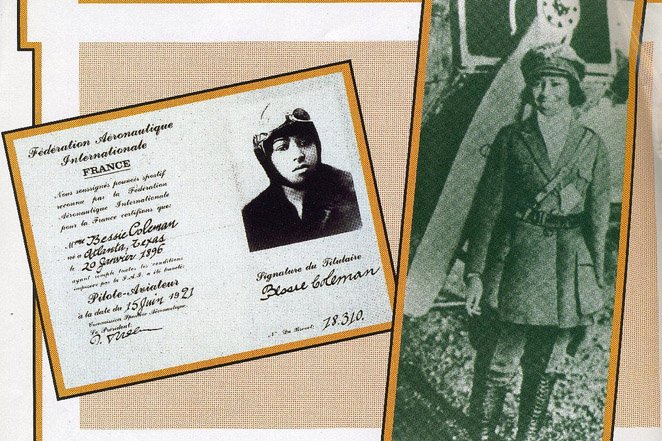 https://www.notablebiographies.com/Co-Da/Coleman-Bessie.html
https://www.notablebiographies.com/Co-Da/Coleman-Bessie.html Bessie Coleman spoke at numerous schools to encourage black students to become aviators. Sadly, before she was able to fulfill her dream of running a flight school, she died.
Her nickname was "Queen Bess"
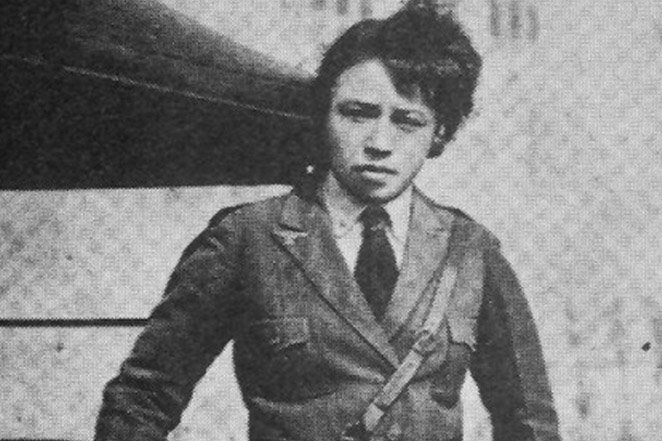 https://disciplesofflight.com/bessie-coleman-aviation-history/
https://disciplesofflight.com/bessie-coleman-aviation-history/ There is no information on how she got this name, but Bessie Coleman’s nickname is “Queen Bess.”
She used to walk four miles to school
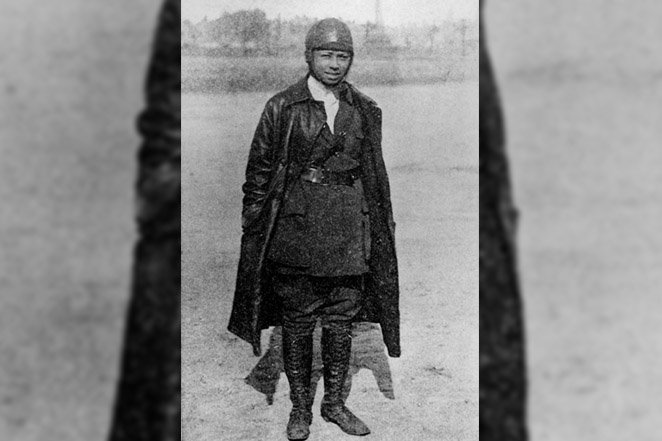 https://www.biography.com/people/bessie-coleman-36928
https://www.biography.com/people/bessie-coleman-36928 Not only did Bessie Coleman have to walk four miles to school, but she walked four miles to a school that was segregated.
She once worked as a manicurist
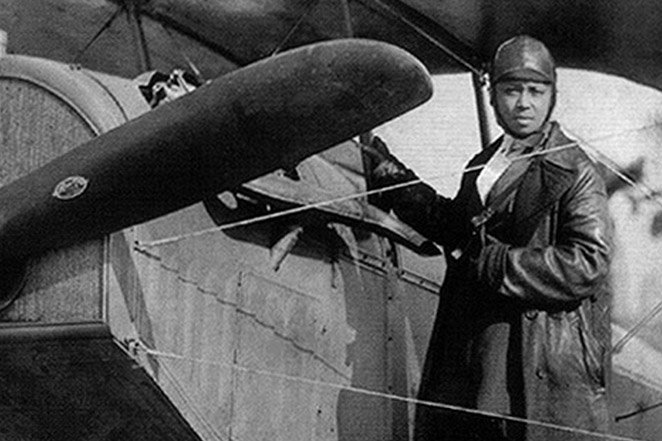 https://www.blackpast.org/aaw/vignette_aahw/coleman-bessie-1892-1926/
https://www.blackpast.org/aaw/vignette_aahw/coleman-bessie-1892-1926/ Bessie Coleman worked as a manicurist at The Whitesox Barbershop. She worked there when she moved to Chicago in 1912. It was at this barbershop that she got inspired to fly.
She is considered to be the first black woman to get a pilot license
 https://www.biography.com/people/bessie-coleman-36928
https://www.biography.com/people/bessie-coleman-36928
She came from a large family
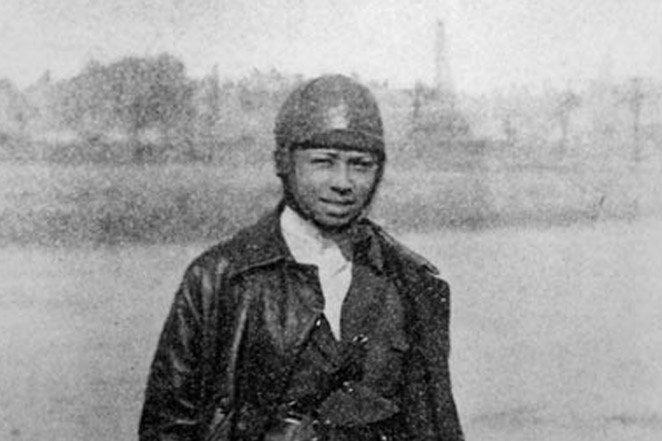 https://www.biography.com/people/bessie-coleman-36928
https://www.biography.com/people/bessie-coleman-36928 Bessie Coleman was born in Atlanta, Texas. She had 12 siblings. Her father was part Native and African American.
Sadly, he left the family when Coleman was very young. She, along with her siblings helped their single mother to survive.
There is a street named after her
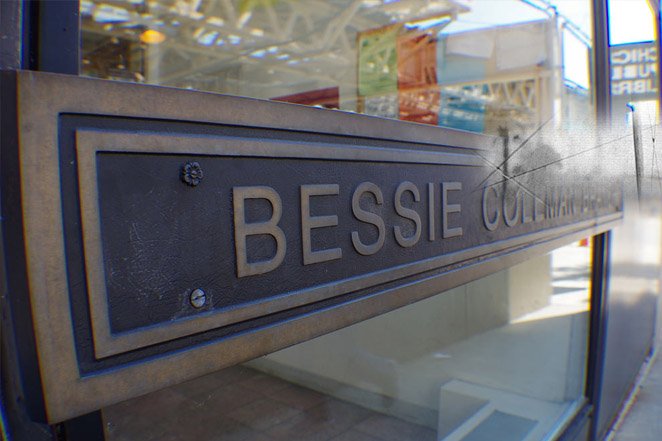 https://www.orlandosentinel.com/news/orange/os-black-pilot-bessie-coleman-orlando-20150131-story.html
https://www.orlandosentinel.com/news/orange/os-black-pilot-bessie-coleman-orlando-20150131-story.html The city of Orlando, FL, changed a street name to Bessie Coleman’s name. It was originally called West Washington Street, but it became Bessie Coleman street afterward.
Coleman was a longtime Orlando resident and the city wanted to honor her. Luckily, she was able to see the name change before she died.
She spoke french
 https://www.thoughtco.com/bessie-coleman-biography-3528459
https://www.thoughtco.com/bessie-coleman-biography-3528459
She was offered a movie role
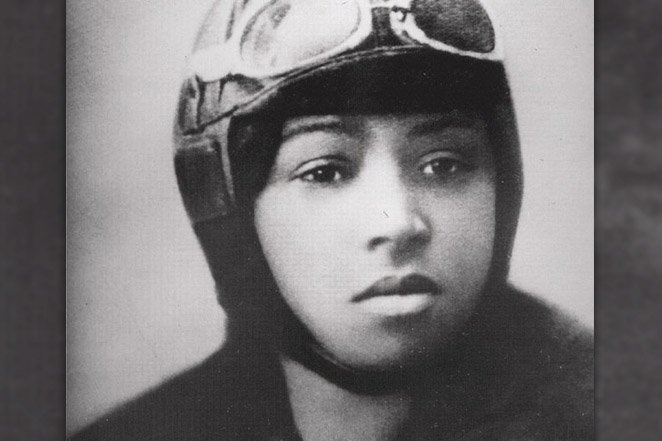 https://www.learning-history.com/bessie-coleman-american-civil-aviator/
https://www.learning-history.com/bessie-coleman-american-civil-aviator/ Bessie Coleman was offered a role in a film called “Shadow and Sunshine.” When she discovered that the role would stereotype African Americans, she walked off the set.
She angered investors!
 https://www.learning-history.com/bessie-coleman-american-civil-aviator/
https://www.learning-history.com/bessie-coleman-american-civil-aviator/ Bessie Coleman was a stubborn woman and she didn’t let anyone get in her way. That included businesspeople.
In one incident, she walked off a set and angered her investors. They withdrew their contributions and called her actions “temperamental” and “eccentric.”
There is a school founded in her name.
 https://www.thoughtco.com/bessie-coleman-biography-3528459
https://www.thoughtco.com/bessie-coleman-biography-3528459 After Bessie Coleman’s death, black women flyers founded the Bessie Coleman Aero Clubs in 1975. And, it is open to women of all color.
She has her own stamp
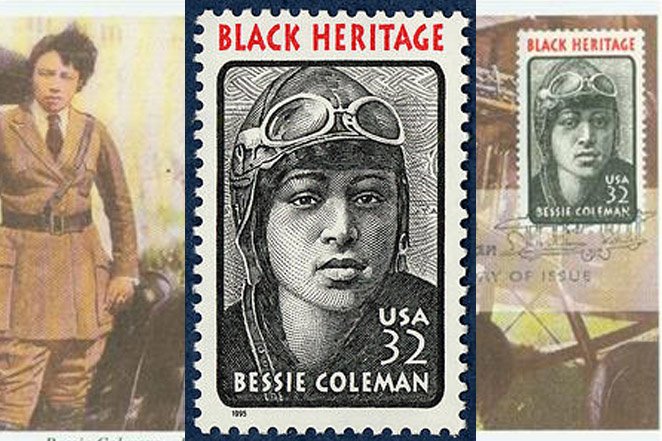 http://bessiecoleman.org/
http://bessiecoleman.org/ In 1995 the post office honored Queen Bess with a commemorative stamp.
Her first appearance was to honor black veterans.
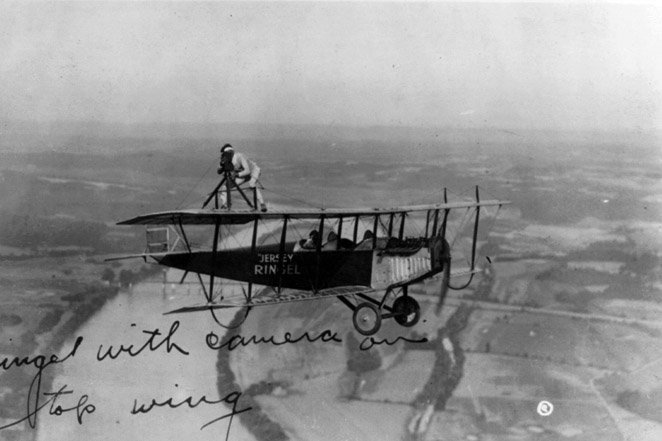 https://www.encyclopedia.com/people/social-sciences-and-law/social-reformers/bessie-coleman
https://www.encyclopedia.com/people/social-sciences-and-law/social-reformers/bessie-coleman Bessie Coleman’s first aerial show took place at Curtiss Field. It was to honor black veterans of World War One. The crowd was so amazed by it, she was nicknamed “The World’s Greatest Woman Flyer.”
She died in a plane crash during one of her shows
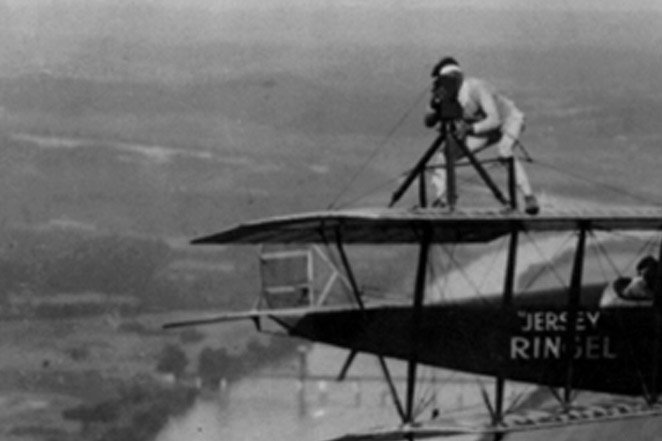 https://www.thoughtco.com/bessie-coleman-biography-3528459
https://www.thoughtco.com/bessie-coleman-biography-3528459 Bessie Coleman died performing a trick in Jacksonville, Florida. She had planned a parachute jump, so Coleman didn’t have her seatbelt on. The Curtiss JN-4 (Jenny) was a small plane and unsteady.
Unfortunately, when the plane made a sudden nosedive, Coleman was ejected from her seat and she died on impact.
She was a lecturer
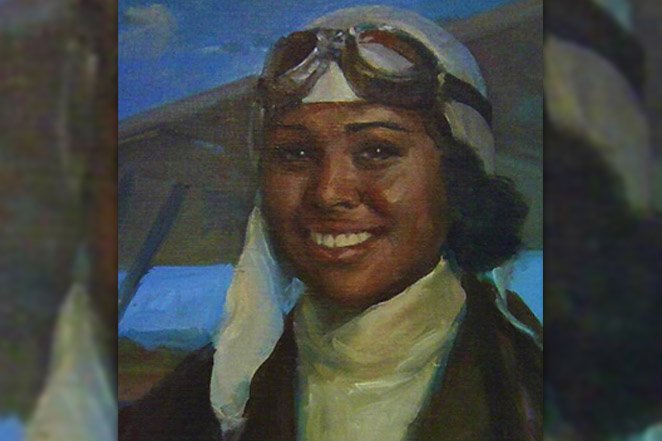 https://www.biography.com/people/bessie-coleman-36928
https://www.biography.com/people/bessie-coleman-36928 She went across the country lecturing about flying. Her goals were to get people excited to fly and attend her school.
Prior to her death, she was in another crash
 https://www.biography.com/people/bessie-coleman-36928
https://www.biography.com/people/bessie-coleman-36928 In 1923, she was injured in a plane crash and bedridden for many months. She told a reporter, “tell the world I’m coming back.”







